Fishing for trout with a slide: the secrets of this technique
Pond trout fishing is a technique that encompasses multiple specialties. During the winter it is practiced with a float, with a sinker, with small bombards but, above all, it is the ideal time for trout fishing with a slide. It is the result of a technological evolution which first involved the recovery of a bait and a lead ballast, to then arrive at a particular ballast, which we will talk about in the following lines.
It allows you to overcome difficult situations, which require delicacy in movements and refinement in the construction of the line. Let's therefore address the topic of slides, a theme common to many trout fishermen, which sooner or later must be dealt with in order to avoid the coat.
The slide for fishing trout in a pond
The trout slide is a ballast (calling it lead is not correct) which, as the term itself suggests, is made of glass. Its specific weight allows it not to sink and to work differently from lead. The slide has a hole on both ends, which allows it to move freely along the beam. Pescalacca boasts different models, shapes, weights and types. There are long, short, medium, narrow, wide or ball-shaped slides.
They are usually defined as "short" or "slim", and the sizes range from 3 grams up to 8 grams. The dimensions in width and length determine the movement in the water: the longer and tapered it is, the more sensitive it will be; the stockier and shorter it is, the more it will move and cause resistance. Its peculiarity is, as mentioned before, that it does not sink completely, but rather remains on the surface or at most in mid-water. It therefore guarantees the fisherman an operation in the highest layers, where the trout are often found after sowing, or at the end of the lake trout sessions.
Trout fishing with a slide
The slide is a fundamental accessory for trout fishing in a pond. It should be used both in the first moments after sowing, as an alternative to the sinker, when the trout move on the surface of the water waiting to settle in, aiming for the bottom.
In these cases, in fact, it may also be useful to try fishing with a sinker, which has a shorter and more rigid terminal, but it is another strategy that we prefer to tackle elsewhere. Or, if the trout do not respond correctly to other techniques, towards the end of the shift, slide fishing can make the difference in seeking out wary and listless trout, or perhaps disturbed by other fishermen.
From a retrieve style point of view, slide trout fishing is a variant that involves discontinuous retrieve, cushioned by the trembling. You will need to move the tip in a jerky manner, then recover and then stop, making several recoveries and subsequent braking. As often happens in other variations of lake trout, you will notice the bite halfway between one movement and another. The tip of the rod will flex, we will feel a lateral traction and the trout will be ready to give us a hard time in a fun and exciting fight.
Mount for fishing with slide
To fish with a slide you need to have a light rod with a rather soft action. The 1/3 gram or 2/6 gram models are designed specifically for slide fishing. The length can vary from 3.80 to 4.20 metres, and often depends on the construction needs of companies, which prefer to introduce both telescopic rods and three-piece tools on the market. The reel, a 2500/3000, will be spooled with 0.14/0.16.
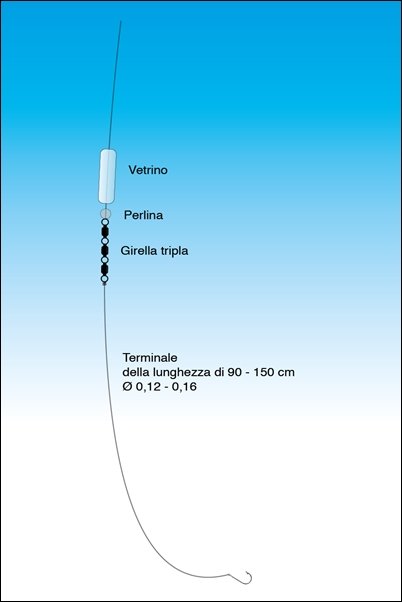
The setup for fishing with the slide will follow a particularly simple scheme. We will pass a 4/6 gram slide along the beam, then we will insert a knot-saving bead and close everything with a triple swivel. Subsequently we will add a terminal of 0.12/0.16 for a length varying between 90 and 150 centimetres.
In the case of recently sown trout, the use of 90/100 centimeter nylon will be more than sufficient. With trout that are savvy, annoyed and hunted by other fishermen, we will use fluorocarbon leaders of reduced diameter, with lengths up to one and a half metres. Finally, you will rig the terminal with a No. 6/8 hook and bait one or two mealworms. The game is over... go fishing!
Slides are not all the same
If the first launches don't have the desired effects, don't be discouraged. Probably the slide you are using tends to move at a height that does not intercept the "grazing" of the trout. Maybe it moves too high, or too low towards a middle layer. Be smart! The secret of this technique is to vary, or rather experiment!
Why waste any more time on fruitless attempts? Change the slide, perhaps with a stockier model or a longer one. Make a few casts in the center of the lake and then in the underbank. Look for trout in places where there is water renewal. They will be there waiting for your bait! So remember that not all slides are the same and the shapes determine the movement in the water. Guessing the right one, testing two or three is the secret. Sometimes, in fact, by guessing this small detail, it is possible to stock up on trout and leave your companions without prey!

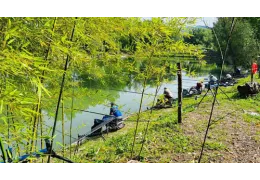
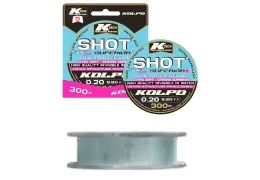
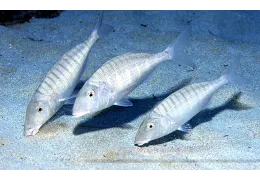
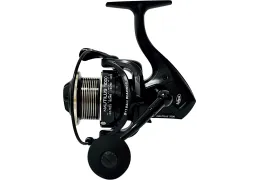
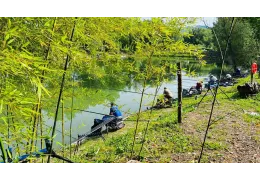
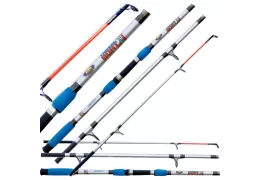
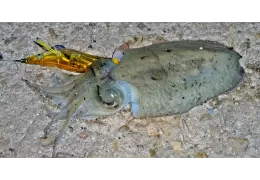
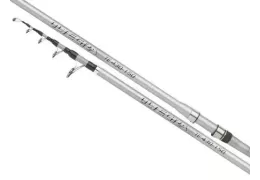

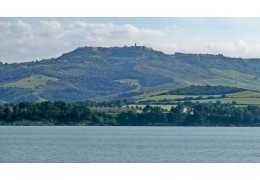

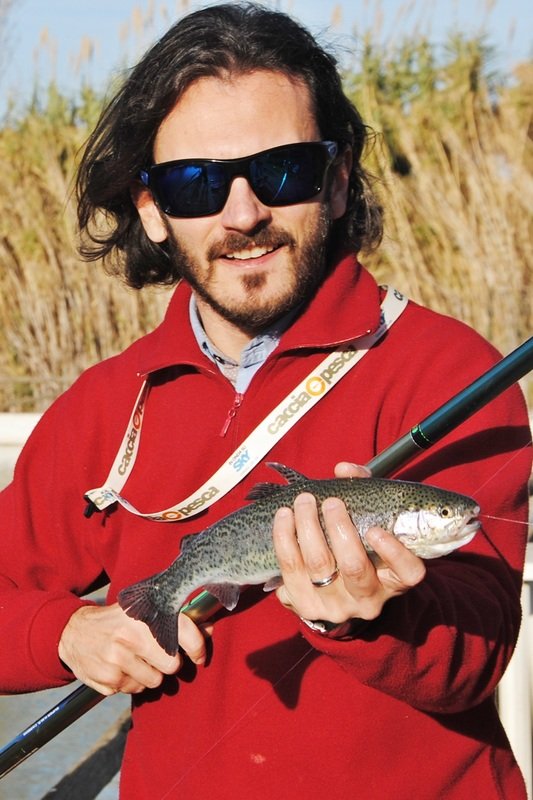
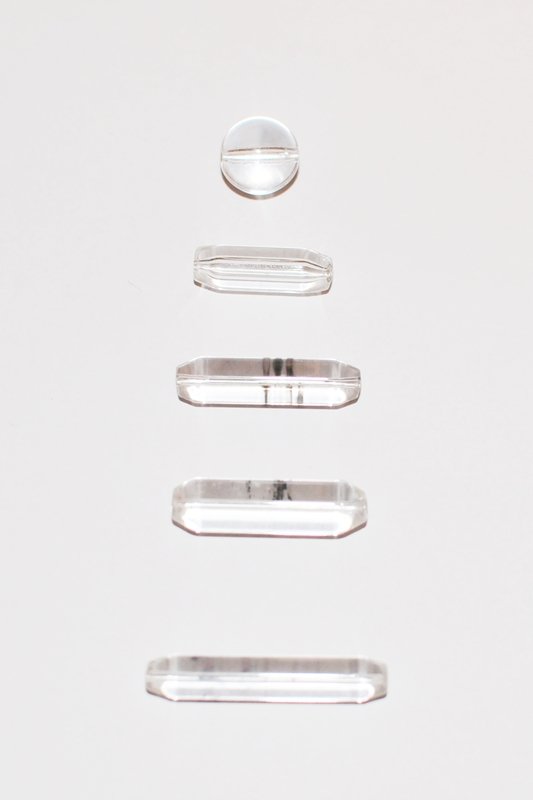
Leave a comment
Log in to post comments